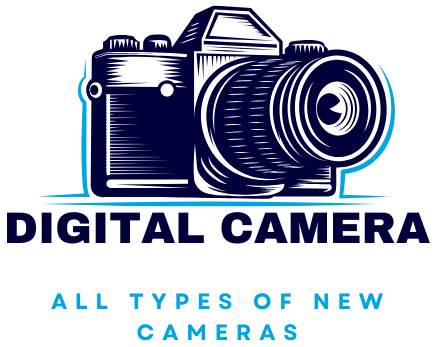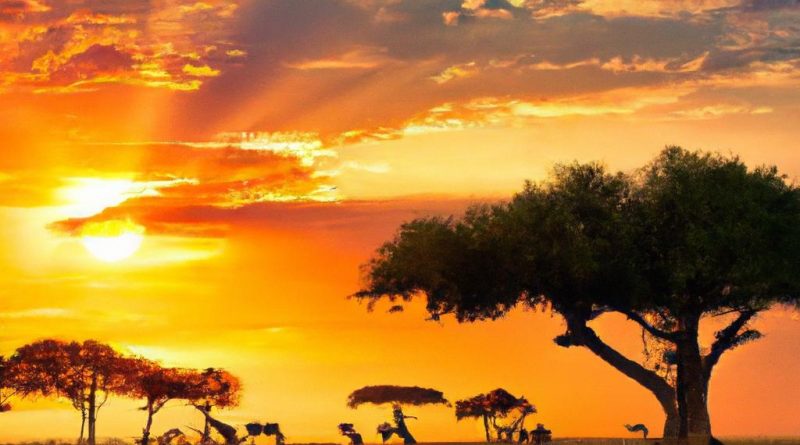Which camera lens is best for wildlife photography
| We have chosen the BEST photography digital camera with bargain price Now just for you ! Click HERE to check our different photography digital camera for your need. Team chose the BEST Digital Camera |
Which Camera Lens is Best for Wildlife Photography?
Wildlife photography is an exhilarating adventure that captures the beauty of nature and its inhabitants. Though, to truly excel in this field, selecting the right camera lens can make all the difference. In this comprehensive guide, we’ll explore the best camera lenses for wildlife photography, their benefits, and offer practical tips to help you choose the perfect lens for your next expedition.
Understanding Wildlife Photography Lenses
Before we dive into specific lens types,it’s crucial to understand the key factors that influence your choice in wildlife photography lenses. Key elements include:
- Focal Length: Determines how far away you can capture your subject.
- Aperture: Affects light gathering ability and depth of field.
- Image Stabilization: Reduces blur caused by camera shake.
- Weight and Portability: Vital for long hikes and outdoor conditions.
The Best Camera Lenses for Wildlife Photography
Hear’s a selection of the best camera lenses for wildlife photography, focusing on their key features and advantages:
| Lens Model | Focal Length | Aperture | Best For |
|---|---|---|---|
| Canon EF 100-400mm f/4.5-5.6L IS II USM | 100-400mm | f/4.5 – f/5.6 | Diverse wildlife scenarios |
| Nikon AF-S FX NIKKOR 200-500mm f/5.6E ED | 200-500mm | f/5.6 | Birds and distant wildlife |
| sigma 150-600mm f/5-6.3 DG OS HSM | 150-600mm | f/5 – f/6.3 | Long-distance wildlife shooting |
| Tamron SP 150-600mm f/5-6.3 Di VC USD G2 | 150-600mm | f/5 – f/6.3 | Birdwatching and wildlife in motion |
Key Features of Top Wildlife lenses
When selecting a lens for wildlife photography, look for the following features:
- wide Aperture: A lens with a wide aperture (like f/2.8) allows for better low-light performance, essential for early morning or late evening shoots.
- Fast Autofocus: Swift and accurate autofocus is crucial for tracking moving subjects.
- Durability: Choose weather-sealed lenses to protect against outdoor elements.
Benefits of Using the Right Lens
Choosing the right lens significantly enhances your wildlife photography experience. Here are several benefits:
- Improved image Quality: High-quality lenses produce sharper images with better colors and contrast.
- Versatility: A zoom lens allows versatility in framing your shot without disturbing wildlife.
- Enhanced Creativity: Different focal lengths offer unique perspectives, helping you tell a story through your images.
Practical Tips for Wildlife Photography
To maximize your results in wildlife photography,consider these practical tips:
- Plan Your Shooting Times: Early mornings and late afternoons are ideal for wildlife activity.
- Learn Animal Behavior: Understanding wildlife can help you anticipate their movements.
- be Patient: Wildlife photography frequently enough requires long waits; patience is key.
- Crouch and Blend In: Minimize your visibility to capture natural behavior.
Case Studies: Accomplished Wildlife Photographers
Many renowned wildlife photographers have shared their experiences, revealing how the right lens made a difference in their work. As an example:
- David Yarrow: Known for his stunning big cat portraits, Yarrow frequently uses a 200-400mm lens to get up close without invading their space.
- Frans Lanting: A wildlife photographer celebrated for his evocative landscape compositions, he often opts for lenses of 24-70mm to capture both the habitat and the creatures within it.
First-Hand Experience: Choosing My wildlife Lens
When I embarked on my wildlife photography journey, I struggled to find the right lens. After experimenting with multiple options, I discovered the benefits of using a 100-400mm zoom lens. It provided the flexibility I needed for both close and distant subjects,allowing me to capture breathtaking shots of an eagle diving for its prey without startling it.
Conclusion
Choosing the best camera lens for wildlife photography can elevate your skills and help you capture stunning images of nature’s wonders. By understanding lens features, evaluating your shooting needs, and leveraging practical tips, you’ll be well-equipped to embark on your wildlife photography adventures. Remember, the right lens not only enhances your photography but can also deepen your connection with the wildlife you aim to document. Embrace the excitement of capturing the beauty of the wild!
| We have chosen the BEST photography digital camera with bargain price Now just for you ! Click HERE to check our different photography digital camera for your need. Team chose the BEST Digital Camera |

